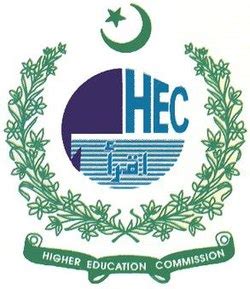Exploring discarded pea peels as potential source of phytochemicals and evaluation of antifungal potential of pea peel extract
DOI:
https://doi.org/10.53992/njns.v8i3.145Keywords:
Pea Peels, waste valorization, phytochemicals, cellulose, antifungal activityAbstract
The rapid increase in global waste generation necessitates innovative strategies for waste valorization. Inspired by recent reports that indicate the potential of waste as source of fine chemicals, this research paper focused on harnessing phytochemicals and cellulose from pea peels (PPs) and evaluating their antifungal properties. Different protocols were used to quantify 11the amount of carbohydrates, proteins, ascorbic acid, flavonoids, and chlorophyll from the discarded pea peels. Our findings indicated that PPs contain 20% proteins, 24.52% chlorophyll, 70% flavonoids, 12% ascorbic acid and 70% carbohydrates. Our findings were found to be consistent with those reported in literature; however, the quantitative analysis of ascorbic acid for PPs is being reported for the first time by us. This phytochemical profile of PPs indicates that this waste is full of useful phytochemicals and can be explored as source of nutraceutical and fine chemicals.
PPs were also used for cellulose extraction and for this purpose three different strategies that yielded different results. One strategy that was devised by us yielded superior yield that that reported in literature with added advantage of lesser consumption of chemical reagents and facile protocol involved.
The methanolic and aqueous PPs extract were also screened for its antifungal potential against two fungal strains: Penicillium and Aspergillus niger. Our findings indicate that extracts showed significant antifungal potential at higher concentration. However, aqueous extract showed superior activity.
The findings of this word offer dual solution to pressing issues: waste valorization and natural antimicrobial development. The study's outcomes can revolutionize waste management practices, encouraging the utilization of kitchen waste for valuable compounds. Simultaneously, the development of natural antimicrobial agents contributes to the fight against fungal infections and food spoilage without harming the environment.




